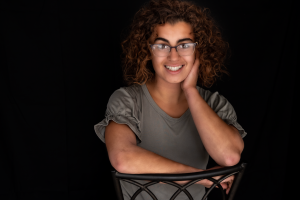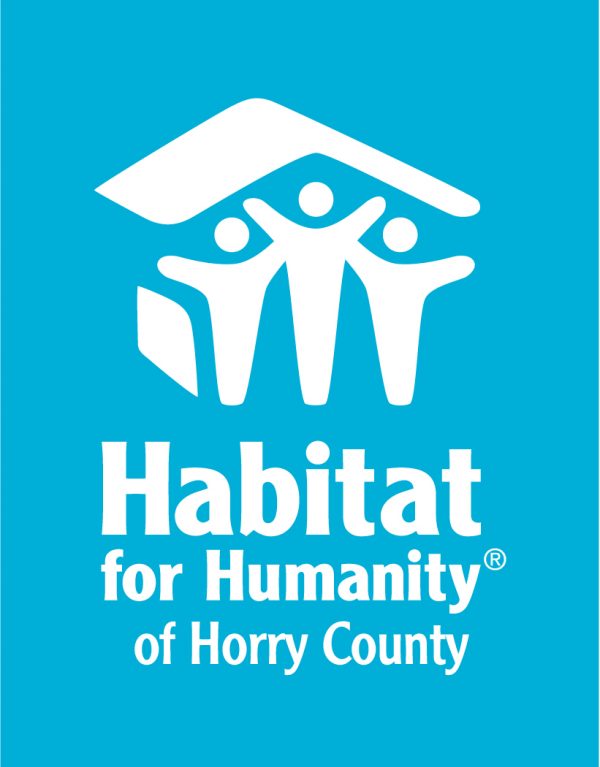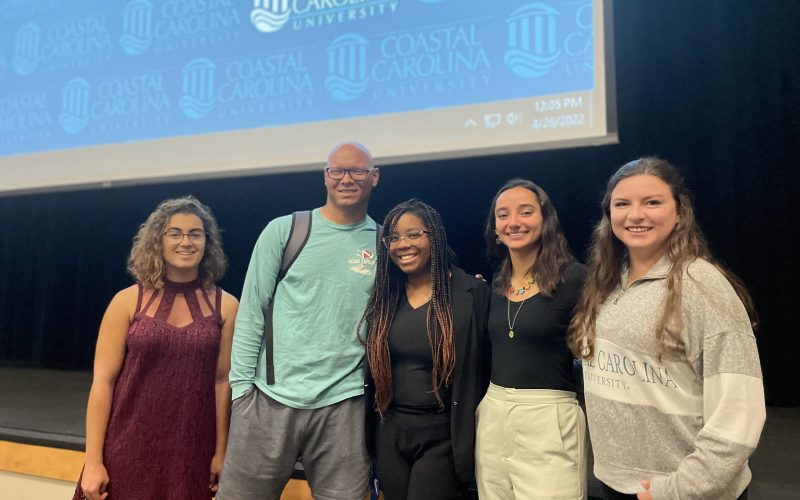CCU Sustainability Partnership
by Clio Pappas, CCU Student & Sustainability Major
 Habitat for Humanity is known for its work in building homes, communities, and hope. Here in Horry County, this mission is being extended through the Neighborhood Revitalization program, which has partnered with residents of the historic Booker T. Washington (BTW) neighborhood.
Habitat for Humanity is known for its work in building homes, communities, and hope. Here in Horry County, this mission is being extended through the Neighborhood Revitalization program, which has partnered with residents of the historic Booker T. Washington (BTW) neighborhood.
BTW, one of the oldest neighborhoods in Myrtle Beach, is home to people who actively engaged with Habitat and conveyed a strong desire to see their neighborhood improve. The partnership between Habitat for Humanity and BTW will focus on several key goals for the neighborhood: safety, health, education, economic opportunity, and housing, in order to elevate the overall quality of life. In other words, by working together, the community hopes for a brighter, more prosperous future for BTW.
As a part of this effort, Habitat and the residents of BTW have teamed up with Coastal Carolina University through their Sustainability department. The Sustainability major at the university is interdisciplinary in its scope, and Dr. Andrew Busch’s Sustainability and Community Resilience course provided an excellent segue for students to get involved in projects off campus.
A group of students in the class, consisting of Julia Angell, Clio Pappas, ‘Tre Warner, and Katie Zimmerman, had the pleasure of working directly with BTW residents throughout the spring of 2022, by collecting interviews from neighborhood elders about their experiences in the neighborhood over decades. The students were honored to hear from the leaders in the BTW community and learn about the neighborhood that is so often passed by with no knowledge of the history and culture within. In several interviews, a narrative of the prosperous, lively past of the neighborhood was illustrated, along with the changes that transpired over time. Overall, the goal of the interview process was to listen to the stories of residents, and surface the themes and common feelings about what makes BTW a special place. A charming possibility of the way these themes could be made known involves public artwork or a display that marks the entrances to the BTW neighborhood. An artfully conceived neighborhood entrance sign for BTW would reveal the location of the neighborhood and give a glimpse into the cultural fabric of this historic area. This is something that some residents of the neighborhood have expressed a desire to make happen.
The Sustainability major intends to further this work with BTW Residents Leaders throughout the coming semesters.

